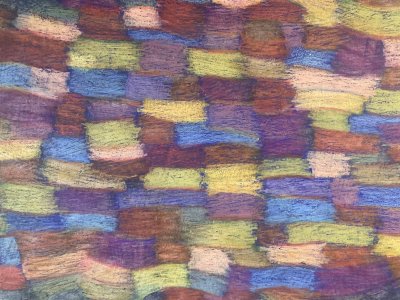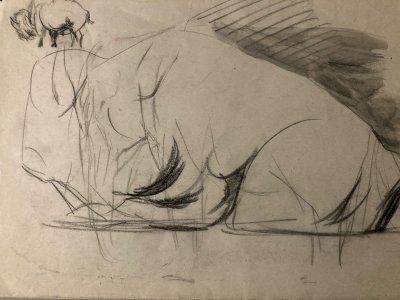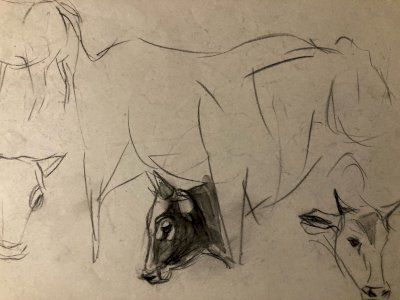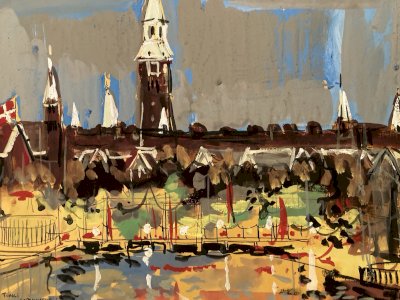- Sell Now
- Home
-
FURNISH
All STORAGE FURNITURE • Wardrobe • Chests of drawers, Chiffonnier • Sideboard • Shelves, Bookshelves • File cabinet • Sewing Furniture • Bar cabinet • TV Stand • Trunk, Chest TABLE & BEDSIDE TABLE • Dinner Table • Coffee table, side table, end table & Bedside • Console, Pedestal table & Selette • Serving Table, Trolley • Card Table • Draper's counter & table SEAT • Sofa • Armchair • Chair • Stool • Bench • Daybed • Beanbag & Footrest • Deckchair & Outdoor DESK, SECRETARY, DRESSING TABLE GARDEN LOUNGE BEDDING • Bed • Bedhead • Cradle, Moses basket CRAFT FURNITURE, WORKSHOP • Workbench • Stool, Ladder, Step • Easel & Trestle SCREEN PIANO
-
DECORATE
All TO PUT • Sculpture, Statuette • Vase & Planter • Dame Jeanne, Bonbonne & Flacon • Bridal globe, Dome • Pin tray, Ashtray • Candlestick & Candle • Photo frame • Stone, Fossil, Mineral • Earth Globe MIRROR WALL DECORATION • Painting • Engraving & Illustration • Poster • Tapestry • Wall Frame • Plate & Sign • Juju Hat & Wall Paniel • Mask • Hunting Trophy • Other object to hang CLOCK, PENDULUM & ALARM CLOCK ARRANGEMENT • Jar, Box & Case • Basket, Wastebasket & Crates • Magazine Rack & Vinyl Holder • Display & Spinner • Coat hook & Coat rack • Furniture Valet & Mannequin • Towel Holder • Suitcase & Travel Bag • Bottle Rack • Umbrella holder BATHROOM OFFICE • Mail holder • Bookends • Sulphide & Paperweight • Stationery FIREPLACE ACCESSORIES HOBBIES • Vintage Sport • Music • Vintage device • Smoking Item • Militaria, Ancient weapon • Miniature Vehicle • Game, Playing Cards • Collection object & Curiosity BIRD CAGE RELIGION, SPIRITUALITY
- TEXTURE
- ILLUMINATE
-
ACCOMODATE
All TABLE & SERVING • Plate • Silverware • Knife Holder • Glass • Bowl, Mug, Cup • Bowl, Ramekin & Cup • Dish, Cup & Salad Bowl • Tray, Basket & Server • Table Mat • Pitcher, Carafe, Bottle, Tea & Coffee Jug • Ice Bucket • Salt & Pepper shakers, Oil & Vinegar shakers • Sugar and jam maker • Gravy boat • Butter dish • Egg cup • Terrine OLD BALANCE CUTTING BOARD GRINDER CASSEROLE, SAUCEPAN & PAN KITCHEN UTENSIL & ACCESSORY
- TINKER
- KIDS
- Jewelry & Accessories
Login
Related Products
Description
Textile worker in Roubaix, Free French fighter in Dunkirk, member of the Roubaix Group: the life of the painter Arthur Van Hecke followed the developments in the northern region of France for a large part of the 20th century. A childhood in Roubaix and Bruges Arthur Van Hecke was born in Roubaix on 24 March 1924 and died in Hondschoote on 25 January 2003. Coming from a poor neighbourhood in Roubaix, he did not escape the fate of children from modest families and at the age of 13, he was sent to work in a factory as a worker (1) Bruno Vouters wrote on this subject “Born in a poor neighbourhood in Roubaix, this child from a modest family was made for the factory” in La Voix du Nord on 28 February 2003). It is in these words, reported by the gallery owner Raphaël Mischkind, that Van Hecke describes his poor childhood: “I was born in Roubaix, on the Cour Van Welden, on Rue Daubenton. As my only horizon, I had a ten-metre brick wall in front of my nose, a pump, and a communal toilet was at the end of the courtyard.” Van Hecke spent part of his childhood in Bruges, often with his uncle who delivered his home to a brewery. The images of Bruges that passed by while he was perched on his uncle’s horse-drawn cart would forever mark his aesthetic. The key encounter with Jean Masurel and Roger Dutilleul Although he began painting seriously at the age of 12, it was only after the Second World War – in which he participated as a volunteer in the Free French – that Van Hecke would devote himself exclusively to painting. One day in 1948, when he was 24, Arthur was recruited by the Roubaix textile industrialist Jean Masurel (1908-1991) to repair his greenhouse in Mouvaux. In between, he painted in the 40-hectare park where he met Jean Masurel’s uncle, Roger Dutilleul (1872-1956). Dutilleul is a patron, collector and he is also the discoverer of Bernard Buffet, the friend and collector of Joan Miró, Jean-Baptiste Camille Corot, Picasso, Amadeo Modigliani, Georges Braque. "The meeting with Roger Dutilleul is the most important of my life. He made me understand in painting things that I only had a vague feeling about", Arthur Van Hecke would say (2) quoted by Thierry Tuffier in La Voix du Nord. Jean Masurel and Roger Dutilleul take Arthur Van Hecke under their wing. On Dutilleul's advice, Masurel allows Arthur to devote himself exclusively to painting: he opens an account for him, finds him a studio, and supports his family. Arthur Van Hecke will be exhibited with the great artists of his time: the painter, sculptor, engraver, fauvist, cubist Georges Braque (1882-1963), the Russian André Lanskoy (1902-1976), who becomes a close friend, the cubist painter and sculptor Fernand Léger (1881-1955) and Pablo Picasso (1881-1973). The Roubaix Group and the Groupe de In the post-war period, Roubaix becomes an extraordinary cultural center: artists, gallery owners and patrons meet there. Several artists then form an informal group, known as the Roubaix Group. Van Hecke was one of the most important protagonists of this group, which was active from 1946. Although other artists gravitated around him, the Roubaix Group mainly brought together 10 artists: the painter and sculptor Robert Conte (born in 1925), the painter and poet Michel Delporte (1927-2001), the sculptor Eugène Dodeigne (1923-2016), the painter Jacky Dodin (1929-1990), the painter Paul Hémery (1921-2006), the painter and jazz pianist Pierre Hennebelle (1926-2013), the painter Pierre Leclercq (1928-2002), the painter Eugène Leroy (1910-2000), the sculptor Jean Roulland (born in 1931) and Arthur Van Hecke. In 1957, Arthur Van Hecke settled on the coast and founded the Gravelines Group in 1961 with Jean Bertaux, Jean Castanier and Raymond Picque. The four friends created a print collection in 1975, which would be the origin of the Gravelines Museum of Drawing and Original Prints. The museum was inaugurated in 1982 and the Gravelines Group dissolved, the mission having been accomplished. The Gravelines Museum of Drawing and Original Prints is the only French museum dedicated to printed works. Arthur Van Hecke would have more than 120 exhibitions there, including more than 70 personal ones. Delivery service: Colissimo Type: Tapestry Style: 1970 Genre: Expressionism Theme: Animals
Réf :
#288099
Comments
Related Products
Description
Textile worker in Roubaix, Free French fighter in Dunkirk, member of the Roubaix Group: the life of the painter Arthur Van Hecke followed the developments in the northern region of France for a large part of the 20th century. A childhood in Roubaix and Bruges Arthur Van Hecke was born in Roubaix on 24 March 1924 and died in Hondschoote on 25 January 2003. Coming from a poor neighbourhood in Roubaix, he did not escape the fate of children from modest families and at the age of 13, he was sent to work in a factory as a worker (1) Bruno Vouters wrote on this subject “Born in a poor neighbourhood in Roubaix, this child from a modest family was made for the factory” in La Voix du Nord on 28 February 2003). It is in these words, reported by the gallery owner Raphaël Mischkind, that Van Hecke describes his poor childhood: “I was born in Roubaix, on the Cour Van Welden, on Rue Daubenton. As my only horizon, I had a ten-metre brick wall in front of my nose, a pump, and a communal toilet was at the end of the courtyard.” Van Hecke spent part of his childhood in Bruges, often with his uncle who delivered his home to a brewery. The images of Bruges that passed by while he was perched on his uncle’s horse-drawn cart would forever mark his aesthetic. The key encounter with Jean Masurel and Roger Dutilleul Although he began painting seriously at the age of 12, it was only after the Second World War – in which he participated as a volunteer in the Free French – that Van Hecke would devote himself exclusively to painting. One day in 1948, when he was 24, Arthur was recruited by the Roubaix textile industrialist Jean Masurel (1908-1991) to repair his greenhouse in Mouvaux. In between, he painted in the 40-hectare park where he met Jean Masurel’s uncle, Roger Dutilleul (1872-1956). Dutilleul is a patron, collector and he is also the discoverer of Bernard Buffet, the friend and collector of Joan Miró, Jean-Baptiste Camille Corot, Picasso, Amadeo Modigliani, Georges Braque. "The meeting with Roger Dutilleul is the most important of my life. He made me understand in painting things that I only had a vague feeling about", Arthur Van Hecke would say (2) quoted by Thierry Tuffier in La Voix du Nord. Jean Masurel and Roger Dutilleul take Arthur Van Hecke under their wing. On Dutilleul's advice, Masurel allows Arthur to devote himself exclusively to painting: he opens an account for him, finds him a studio, and supports his family. Arthur Van Hecke will be exhibited with the great artists of his time: the painter, sculptor, engraver, fauvist, cubist Georges Braque (1882-1963), the Russian André Lanskoy (1902-1976), who becomes a close friend, the cubist painter and sculptor Fernand Léger (1881-1955) and Pablo Picasso (1881-1973). The Roubaix Group and the Groupe de In the post-war period, Roubaix becomes an extraordinary cultural center: artists, gallery owners and patrons meet there. Several artists then form an informal group, known as the Roubaix Group. Van Hecke was one of the most important protagonists of this group, which was active from 1946. Although other artists gravitated around him, the Roubaix Group mainly brought together 10 artists: the painter and sculptor Robert Conte (born in 1925), the painter and poet Michel Delporte (1927-2001), the sculptor Eugène Dodeigne (1923-2016), the painter Jacky Dodin (1929-1990), the painter Paul Hémery (1921-2006), the painter and jazz pianist Pierre Hennebelle (1926-2013), the painter Pierre Leclercq (1928-2002), the painter Eugène Leroy (1910-2000), the sculptor Jean Roulland (born in 1931) and Arthur Van Hecke. In 1957, Arthur Van Hecke settled on the coast and founded the Gravelines Group in 1961 with Jean Bertaux, Jean Castanier and Raymond Picque. The four friends created a print collection in 1975, which would be the origin of the Gravelines Museum of Drawing and Original Prints. The museum was inaugurated in 1982 and the Gravelines Group dissolved, the mission having been accomplished. The Gravelines Museum of Drawing and Original Prints is the only French museum dedicated to printed works. Arthur Van Hecke would have more than 120 exhibitions there, including more than 70 personal ones. Delivery service: Colissimo Type: Tapestry Style: 1970 Genre: Expressionism Theme: Animals
Réf :
#288099
 English
English  Français
Français 

